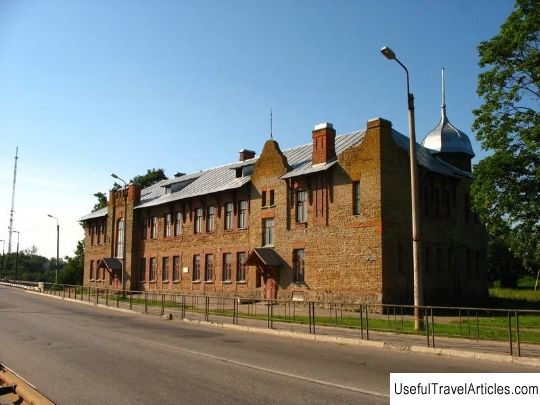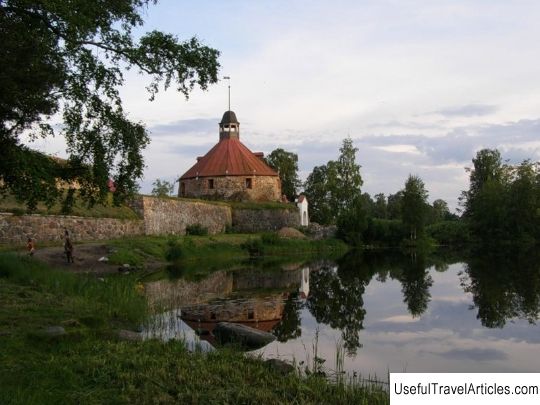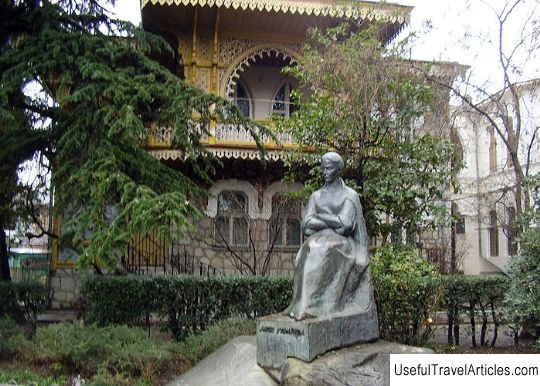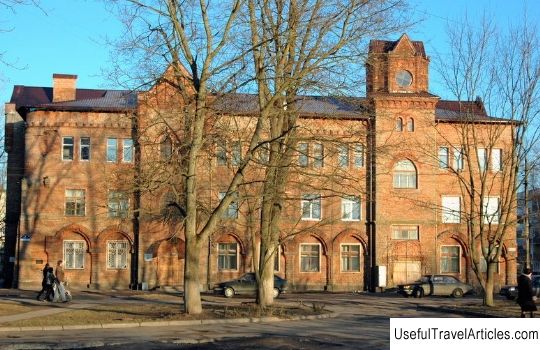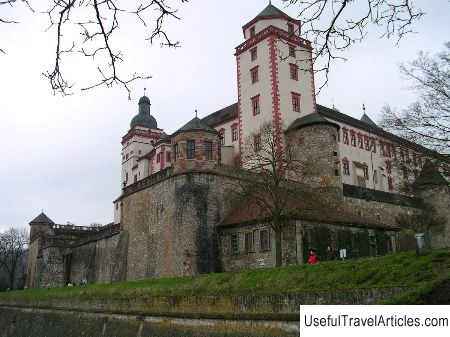Place of the Yamburg Fortress description and photos - Russia - Leningrad region: Kingisepp
Rating: 7,8/10 (2154 votes) 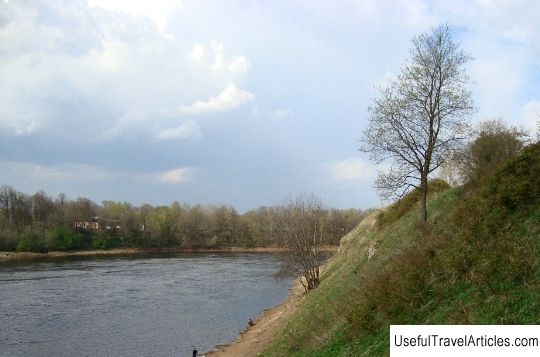
Place of the Yamburg Fortress description and photos - Russia - Leningrad Region: Kingisepp. Detailed information about the attraction. Description, photos and a map showing the nearest significant objects. Photo and descriptionThe city of Kingisepp is a large industrial city in the northwestern part of Russia. The historical development of the city dates back to the 14th century. As you know, at all times the Novgorod Republic was the center of the attack of the Swedish and German troops. Over time, the Novgorod fortress could no longer hold back the onslaught of enemies, which is why in 1384 it was decided to build the Yam fortress on one of the banks of the Luga River, not far from the river's confluence with the Gulf of Finland. The earliest the fortifications of the Yam fortress were almost completely destroyed, after which they were rebuilt again. In those days, the fortress served as an excellent not only defensive, but also a military structure, because it was built in accordance with the latest requirements of the engineering and military art of the 14th century. The Yamburg fortress towered on the banks of the Luga River and resembled a trapezoid or quadrangle in shape. A fence with high stone walls, gates and tower extensions was erected along the perimeter of the fortress. Gray limestone and large cobblestones were chosen as the building material. The fortress walls from the outside and inside were faced in the form of hewn limestone. The inside of the wall consisted of cobblestones held together with mortar. The floor part of the fortress was protected by a large moat that has survived to this day. The construction of the new fortress Yam took only 33 days, because five districts of Novgorod took part in this. In 1395, the first attack by Swedish troops on the Yamburg Fortress was made, and it passed the first test with dignity. Two years later, The Livonian knights became interested in the impregnable building, but they did not dare to approach it. The most important role of the military fortification was played by the Yam fortress during the war of the Novgorodians with Sweden and the Livonian Order from 1433 to 1448. In 1444, the fortress suffered a five-day siege, which was still beaten off. In 1447, the Livonian Order again attacked the impregnable fortress, which became the most memorable event in its military history. The siege lasted more than 13 days, during which German troops made several attempts to storm the fortress with massive cannons. But the fortress bravely endured the enemy's attack, saving the lives of many soldiers. Frequent wars and attacks brought the tower and its walls to a state that required immediate repair. That is why in 1448 a peace treaty was signed between the Livonian Order and Novgorod. Archbishop Euthymius II of Novgorod ordered to dismantle the fortress and build a new large stone fortress in its place. The newly built fortress stood in the same place, but had the shape of a trapezoid. Interestingly, the eastern part of the wall was somewhat concave, imitating a river bend. From the outside, the perimeter of the walls reached 720 m, and the total area was 2.5 hectares. It was the first fortress to have a correct and competent layout. The fortress was equipped with towers of incredible power. The Yamburg fortress had a distinctive feature - a detinets, consisting of four towers, which greatly complicated the process of entering the fortress. It is known that the walls were at least four meters thick. Over time, a whole city was formed around the fortress, which became the center of trade on the Luga River. By that time, the influence of Novgorod had greatly weakened, so the new city began to flourish quickly. In the fall of 1581, the Swedes captured the Yamburg fortress, and after a while, it went to Sweden. The Swedish leadership decided not to restore the dilapidated fortress, so it was simply blown up in 1682. In 1703, Yamburg was returned to Russia again, but the fortress had already lost its purpose and began to collapse to the end. Today the Yamburg Fortress is no longer there, but small stone fragments can all be seen from the side of the Luga River. Once upon a time there was a fortress of extraordinary power on this place,       We also recommend reading Cistercian monastery of Stams (Stift Stams) description and photos - Austria: Tyrol Topic: Place of the Yamburg Fortress description and photos - Russia - Leningrad region: Kingisepp. |
